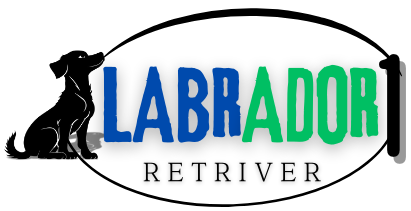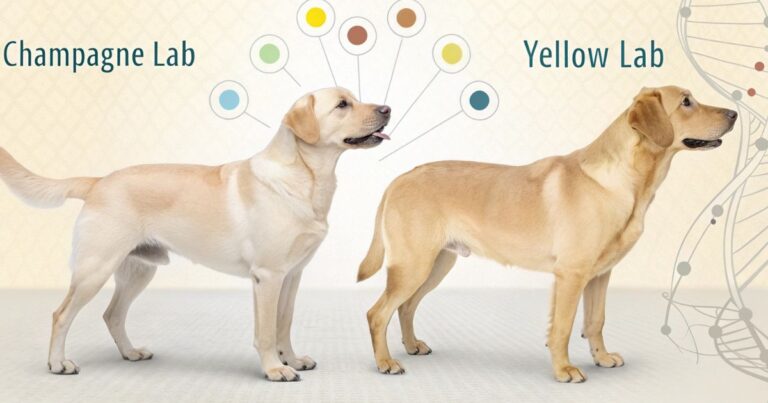Red Colored Labrador Retrievers
Have you ever come across a dog so striking, so warm in color, that you had to pause just to admire it? That deep, earthy red coat—the kind that glows golden in the sunlight—paired with a pair of soulful eyes that seem to see straight into your heart. If this image tugs at something inside you, you might be describing your perfect match: the red colored Labrador Retriever.
Whether you’re exploring dog breeds for the first time or already head-over-heels for Labs, you’re about to discover what makes red colored Labs stand out—not just in color, but in heart and personality. This comprehensive guide will walk you through everything you need to know about these gorgeous companions, from temperament to grooming, nutrition, and even finding your perfect puppy.
Table of Contents
What Is a Red Colored Labrador Retriever?
Defining the Fox Red Lab
Red colored Labrador Retrievers aren’t a different breed, despite their unique appearance. They’re actually a variation of the yellow Labrador Retriever—one that sports a much deeper, rustier coat. In fact, their color is so distinct that it earned them the nickname Fox Red Labs.
Even though they’re registered under the yellow category by major kennel clubs like the American Kennel Club (AKC), this specific coloring turns heads and often leads to the common assumption that they’re a separate breed altogether.
Origins of the Red Shade
The fox red hue traces back to the earliest days of yellow Labs. When yellow Labs were first bred, many carried genes for darker pigmentation. Over time, breeders began selectively enhancing this coloring, bringing us the striking red shade seen today.
So, while you might not see them in show rings as often (due to traditional preferences for lighter yellows), red Labs are gaining popularity fast thanks to their head-turning looks and loyal temperament.
Red Colored Labrador Retriever Temperament and Personality
Classic Lab Traits You’ll Love
If you’ve ever owned a Labrador Retriever, you already know how loving, loyal, and intelligent they are. Red Labs are no different. You can expect your red Lab to be:
- Playful and energetic—always ready for an adventure.
- Loyal to the core—they’ll become your shadow in no time.
- Gentle with children—ideal for families.
- Highly trainable—their intelligence makes them eager to learn.
What Sets the Red Lab Apart?
While there’s no scientific evidence to prove it, many red Lab owners swear there’s something just a little extra about them. Some say they form stronger emotional bonds, or exhibit slightly calmer behavior. Whether that’s due to selective breeding or just coincidence, it’s something you’ll have to experience firsthand.
Health and Lifespan of Red Colored Labrador Retrievers

Common Health Concerns to Watch For
Like all Labrador Retrievers, red Labs are prone to a few genetic conditions. Being proactive about these can help extend your dog’s lifespan and quality of life.
Some conditions you should be aware of include:
- Hip and elbow dysplasia – A genetic issue affecting joints.
- Progressive Retina Atrophy (PRA) – a hereditary eye disease that can give rise to blindness.
- Obesity – Labs love food, so weight management is key.
- Skin sensitivities – Especially in lighter-pigmented undercoats.
Tips to Keep Your Red Lab Healthy
- Schedule regular vet visits, especially as your dog ages.
- Include joint supplements like glucosamine and chondroitin in their diet.
- Stick to a daily exercise routine to manage weight and mental health.
- Monitor for signs of eye problems and get regular screenings.
A well-cared-for red Labrador can live 10 to 14 years, and many go beyond that with a healthy lifestyle and lots of love.
Grooming and Coat Care for Red Colored Labrador Retrievers
Keeping That Radiant Red Coat Looking Sharp
You might think a red Lab’s coat requires extra care, but it’s surprisingly low-maintenance if you stay consistent.
Here’s what your grooming routine should look like:
- Brush once or twice a week to remove loose hair and reduce shedding.
- Use a high-quality, dog-safe shampoo to preserve the shine and natural oils.
- Keep their ears clean and dry to avoid infections (Labs are prone to them).
Managing Shedding Season
Red Labs, like all Labradors, are double-coated and shed seasonally in spring and fall. During these times, it helps to:
- Brush daily with a de-shedding tool.
- Add omega -3 fatty acids to the food to support skin and fur health.
- Consider bathing with a coat conditioning shampoo to loosen excess fur.
Training and Exercise Needs
Training Tips for Your Red Colored Lab
Training your red Lab should start early and often. They’re highly food-motivated, so positive reinforcement is your best friend.
Start with these basics:
- Crate training – Helps with housebreaking and gives your dog a safe space.
- Leash walking – Begin early to avoid future pulling.
- Obedience commands – Sit, stay, down, come—these are musts.
Consider enrolling in a puppy class to help with socialization, especially during the crucial 8–16 week window.
How Much Exercise Does a Red Lab Need?
If you don’t enjoy being active, a red Labrador might not be your best match. These dogs need at least 60 minutes of exercise per day—often more.
Great activities include:
- Fetch in the yard or park
- Swimming (they’re water lovers!)
- Long hikes or trail runs
- Dog sports like agility or rally
A tired Lab is a well-behaved Lab. Lack of exercise can lead to boredom—and that leads to chewing, digging, and other mischief.
Feeding Guide for Red Colored Labrador Retrievers
What Should You Feed Your Red Lab?
Choosing the right food is vital for keeping your red Lab fit and healthy. Look for:
- High-protein content to support muscle development
- Energy fuel and balanced fat to keep the coat shining
- No artificial fillers—corn, soy, and by-products are a no-go
- Added joint support like glucosamine and chondroitin
Homemade Meal Option
If you prefer to cook for your dog, this balanced homemade recipe is a great place to start:
| Ingredient | Quantity | Benefits |
|---|---|---|
| Lean ground turkey | 1 cup | Protein-rich, low-fat |
| Brown rice | ½ cup | Good carbohydrate source |
| Carrots (chopped) | ¼ cup | Fiber and vitamins |
| Spinach | Handful | Antioxidants and iron |
| Fish oil | 1 tsp | Promotes healthy skin and coat |
Note: Always consult your vet before switching to a homemade diet.
Choosing a Red Colored Labrador Retriever Puppy
How to Find a Reputable Breeder
If you’re ready to welcome a red Lab puppy into your life, do your homework. Not all breeders are created equal.
Here’s what to look for:
- Health certifications from the Orthopedic Foundation for Animals (OFA) and Canine Eye Registry Foundation (CERF).
- A clean, safe environment where puppies are socialized early.
- Parents want to show the health record to your parents and meet you personally
What to Ask Before You Buy
- Can I meet the puppy’s parents?
- Do you provide health guarantees?
- Are puppies dewormed and vaccinated?
- What kind of early training or socialization have they had?
It’s not just about choosing a dog—it’s about choosing the right match for your lifestyle and family.
Are Red Colored Labrador Retrievers Right for You?
Ideal Homes for Red Labs
These dogs do best in homes where they’re not left alone for long periods and have space to burn off energy.
You’re a great fit if:
- You’re an active individual or family.
- You enjoy spending time outdoors.
- You’re willing to invest time in training.
- You want a loyal, life-long companion.
Potential Challenges
- They shed—a lot.
- They need constant engagement to avoid boredom.
- Without training, their energy can become overwhelming.
- They may not suit people who work long hours away from home.
Frequently Asked Questions About Red Colored Labrador Retrievers

Are red colored Labrador Retrievers a separate breed?
No—they’re a darker variation of the yellow Labrador. Kennel clubs categorize them under the yellow umbrella.
Are red Labs different in personality?
While temperament varies by individual, most red Labs share the standard loving, loyal Lab nature.
Are red Labs recognized by the AKC?
Yes, but as yellow Labradors. “Fox Red” is considered a shade, not a distinct color classification.
Are red Lab puppies harder to find?
They can be. Because fewer breeders specialize in the red coat, you may need to join a waitlist or travel further.
How much do red colored Labs cost?
Expect the price to be between $1,000 and $2,500, depending on the breeder’s behavior and the breed’s health certificates.
Final Thoughts: Why the Red Colored Labrador Retriever Might Be Your Soul Dog
Bringing a red colored Labrador Retriever into your life isn’t just about adding a pet—it’s about gaining a loyal companion who walks with you through life’s highs and lows. With their rich coloring, soulful eyes, and signature Labrador love, red Labs offer the best of both worlds: unique beauty and a classic temperament.
If you’re ready for adventure, affection, and a few muddy paw prints on your heart (and floors), this dog just might be your perfect match.







